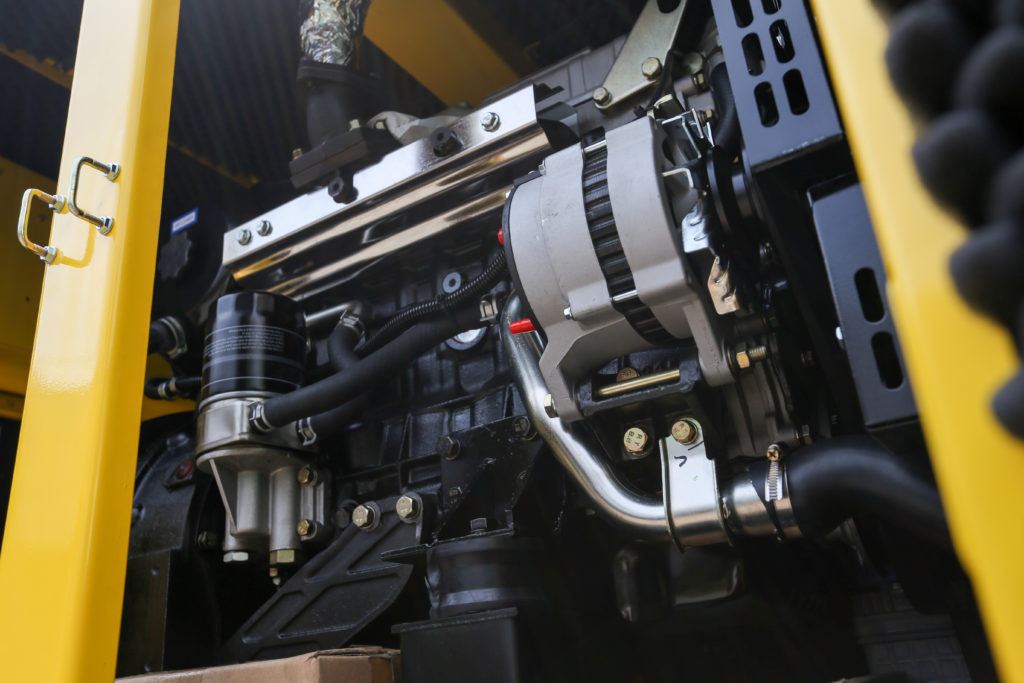Power outages occur when the supply of electricity falls below the load it should supply. These conditions cause power outages in the community. From time to time, there are instances of wildfires here in Sonoma County leading to unexpected electricity blackouts. And when this happens, a power outage occurs in practically every household, regardless of whether you’re at home or in the office. Fortunately, commercial standby generators can provide power irrespective of the situation arising in your house or your business.
Reliable standby generator usage and maintenance start with a proper installation, preferably by a professional technician or electrician. Even after installing your generator, you need to take good care of it to receive good service. Below are some of the methods you can use to maintain your standby generator. Most of these tasks are DIY; however, you can seek the help of a residential electrician if you feel you need a professional second opinion.
How to Maintain Your Standby Generator
1. Run Your Standby Generator Every Once In A While
In places with a rare power outage, your generator will stay dormant for some time before you use it again. While wildfires in Sonoma County might not be a regular occurrence, an inactive generator helps you save on fuel cost but it may harm your generator.
To ensure it keeps active and every part remains in perfect condition, run your generator weekly for about 20 minutes. Running it helps keep the generator’s starter battery fresh and reliable.
2. Check the Spark Plugs
Any spark plug malfunction (caused by dirt or rust) stops your generator from starting or running effectively.
You can call in a commercial electrician to inspect the generator’s spark plugs for any dirt present. Allow for inspection when the generator is cool and isn’t running. If there’s some dirt on them, clean the spark plugs with a clean wire brush, you can replace them if they wear out.
3. Check and Change the Standby Generator’s Fuel
If you are actively using your diesel generator, check the fuel levels in the fuel tank after every six months. This inspection ensures you notice if the fuel has gone wrong and replace it with a fresh one. Also, use a fuel stabilizer to keep it fresh longer.
4. Clean the Air Filter
The air filter helps filter dust particles and other impurities from the air to avoid getting into the machine. Always check for any dirt in the air filter, clean it with soapy water, and dry it. Also, replace the air filter if it’s damaged or old.
5. Check the Generator’s Battery
Always check the battery to see if it’s charged, has no leakage, and its charger is in good working condition. If the battery show signs of damage or corrosion, replace it immediately before the next power outage.
Have Your Standby Generator Inspected by a Professional Annually
Practicing these maintenance tips is a great way to keep your standby generator working and in condition. But sometimes, you have to seek help from a generator professional to help you identify and rectify more technical problems in your standby generator. Let a professional check it annually and fix the more technical issues for your generator to last longer.
